Foam boards are often used for insulating ceilings. However, it's not always clear how to hang them. No worries! We've checked with the experts, and they provided us with different installation methods.
Foam boards can be hung from a ceiling using nails or glue. They are easy to install, even for those with no prior construction experience.
Ventilation works hand in hand with insulation. Continue reading to see which installation method is the best and why.
How To Install A Foam Board From The Ceiling
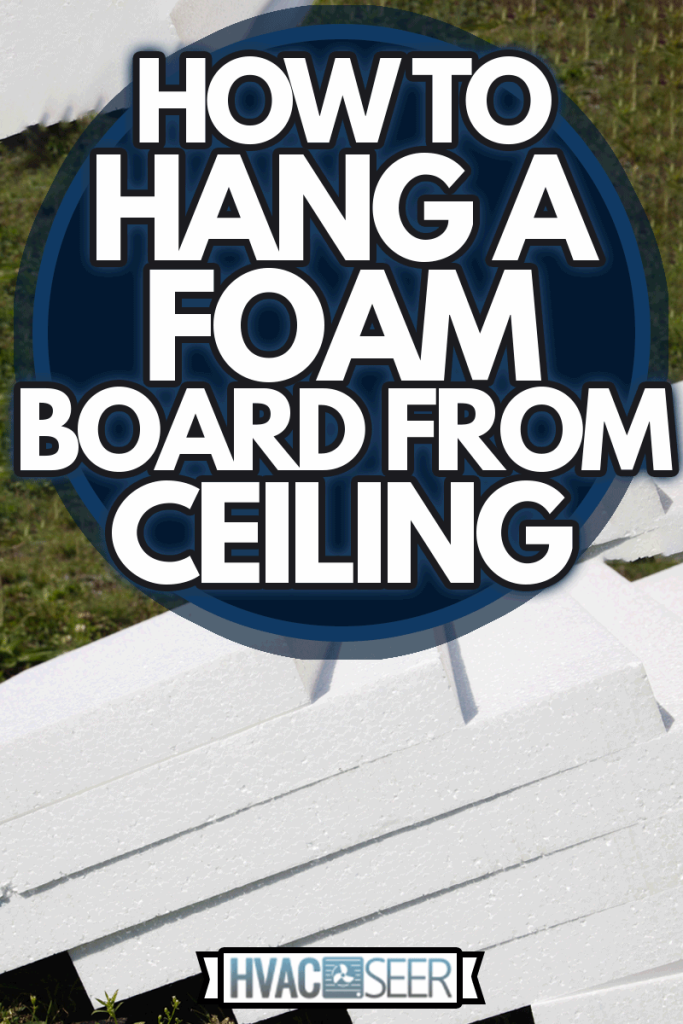
Your house is like a living organism, and just like any living thing, it's important to maintain a comfortable temperature. Foam boards are part of the insulation that makes this possible, and they can be installed in ceilings in the attic or the garage.
Foam boards will help insulate and turn any space into a living space. Here is an easy way to mount foam boards to your ceiling.
- Measure the area that needs insulation. Then, purchase the foam boards.
- Cut and fit them to the space that needs rigid insulation. Additional insulation might be necessary.
Let's look at two different options for how to attach the insulation: with glue and with nails.
Option One
- Cut the foam boards into strips that will fit in between the joists.
- Use adhesive to stick the foam board to the subfloor.
- You can use wire insulation supports to hold the boards until they dry.
- Once dry, you can add batts, then screw the drywall.
Option Two
- First, install the batt insulation in the cavities.
- Use full foam boards and nail them to the joists. Cut the boards to the required size.
- Use nails an inch longer than the foam board used.
- Finally, install the drywall to cover the foam board.
Either of these installation options works efficiently.
Follow the video for easy and accurate installation.
Can Foam Boards Be Left Uncovered?
No, foam boards should not be left uncovered. They are very flammable, and fire codes demand foam boards be covered. There should be a half-hour fire rating over the insulation.
What's The R-Value Of Foam Boards?
The R-value of foam board differs. You may find it 3.6 to 8.0 per inch of insulation. The R-value of the foam board depends on the type of material, density, and thickness. These qualities are what make the foam board effective.
Types Of Foam Board Insulation

Different types of foam boards don't allow water or air to penetrate. This largely depends on the material the boards are made from.
These are the most common types:
Polystyrene
The expanded polystyrene is lightweight and perfect for insulating walls, roofing, or foundation. There won't be any growth of mold or decay.
Polyurethane
This is an ideal insulation material. Polyurethane foam is manufactured from petroleum products which makes it low density. However, there are concerns about its impact on the environment.
Polyisocyanurate
It is an all-around insulation foam. The polyisocyanurate is composed of organic and inorganic materials. The high R-value makes it a product of choice for most homeowners, architects, and builders.
Most Popular Foam Boards Brands
Rigid foam will insulate cavities in your garage, attic, or barn. There are many manufacturers of rigid foam, and the top names are:
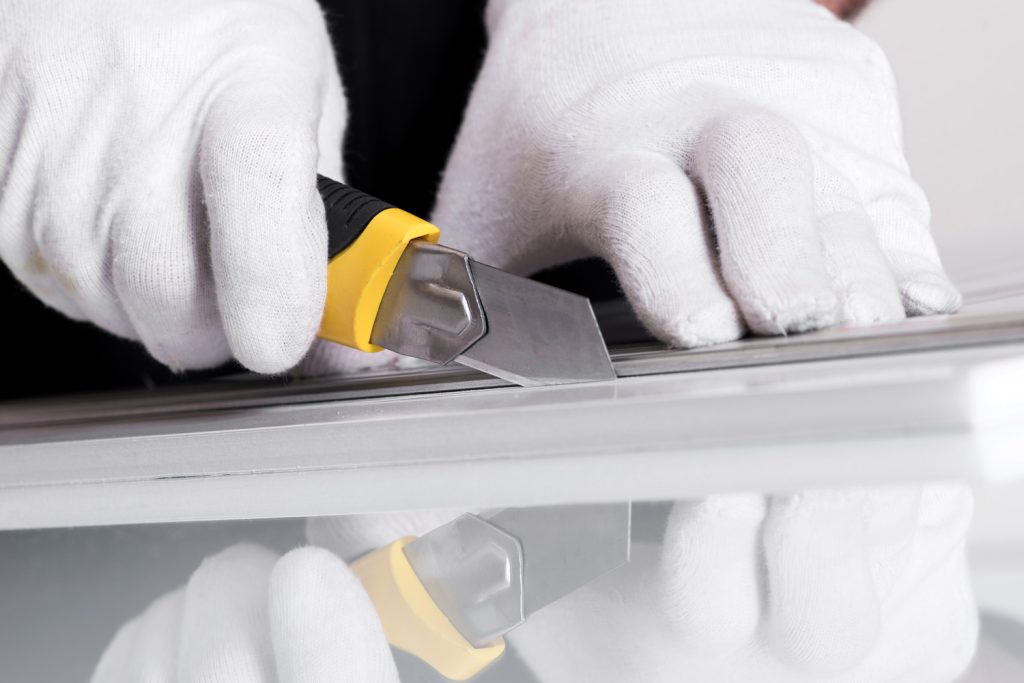
Cellofoam
Cellofoam is a veteran company in the business. Their product never deteriorates, nor does it require any maintenance. It's ideal for walls and attics because it allows air circulation.
Owens Corning
If you are searching for different types of insulation, Ownes Corning is the company you need. Their foam can be cut, sawed, or snapped with utility tools.
Rmax
This brand makes insulation for commercial and residential buildings. It has proven its worth by being in the market for 35 years.
You can use this information to make a decision when renovating or upgrading your home.
Gluing Rigid A Foam Board To The Ceiling
Most adhesives work on rigid foam boards. Experts recommend using liquid nails, insulation spray, or wood glue. Ensure that the foam boards hold or stick firmly by applying pressure.
Have a look at liquid nails on Amazon
Heavy-duty adhesive work well but adhere to all safety precautions. Gluing the foam board should be done in a well-ventilated space. Wear a mask while working, and leave the boards to cure for at least 24 hours.
Check out this insulation spray on Amazon
Can You Screw A Foam Board?
Yes, but there's a catch. The screws will 'eat into' the foam board over time. Therefore, use washers or rubber O rings for better results. Screws work better in high-density foam.
Difference Between Pink Or Blue Foam Boards
In the market, there are mostly white rigid foam boards. Moreover, you'll see pink and blue ones too. These two have similar R-values and are manufactured using the same process!
However, the foam boards are made by different companies. They are more expensive than other foam boards.
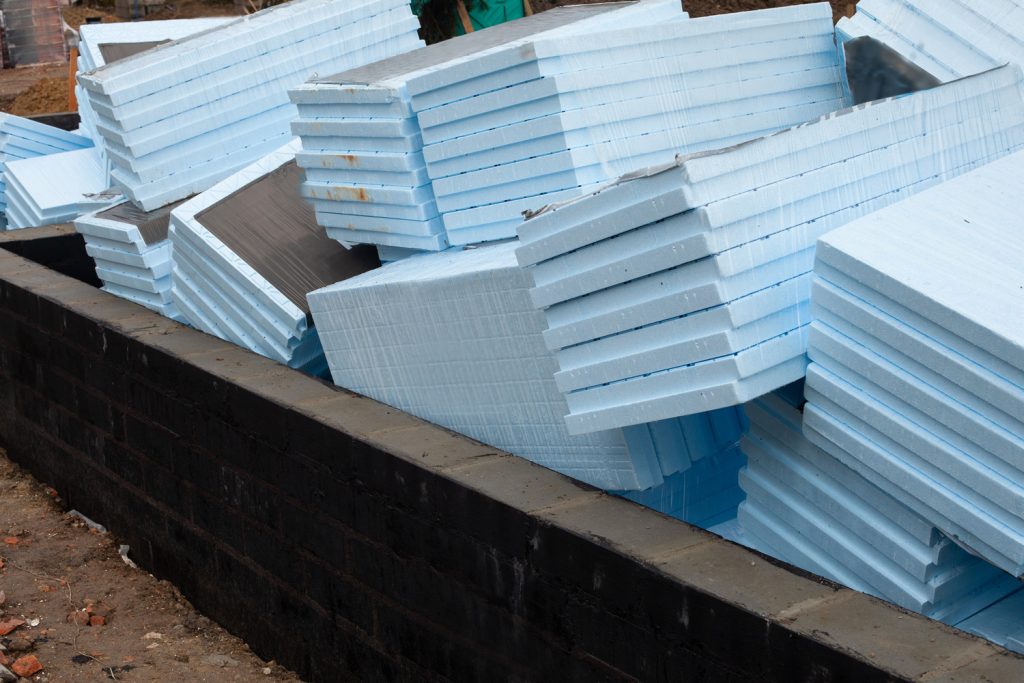
Both pink and blue foam boards come in various forms. They are manufactured for both interior and exterior walls. But, blue foam boards have plastic thin films.
You can find the proper roofing product in pink or blue in any home improvement store. Don't worry! No one will ever know that you have the pink panther or the smurfs under your drywall.
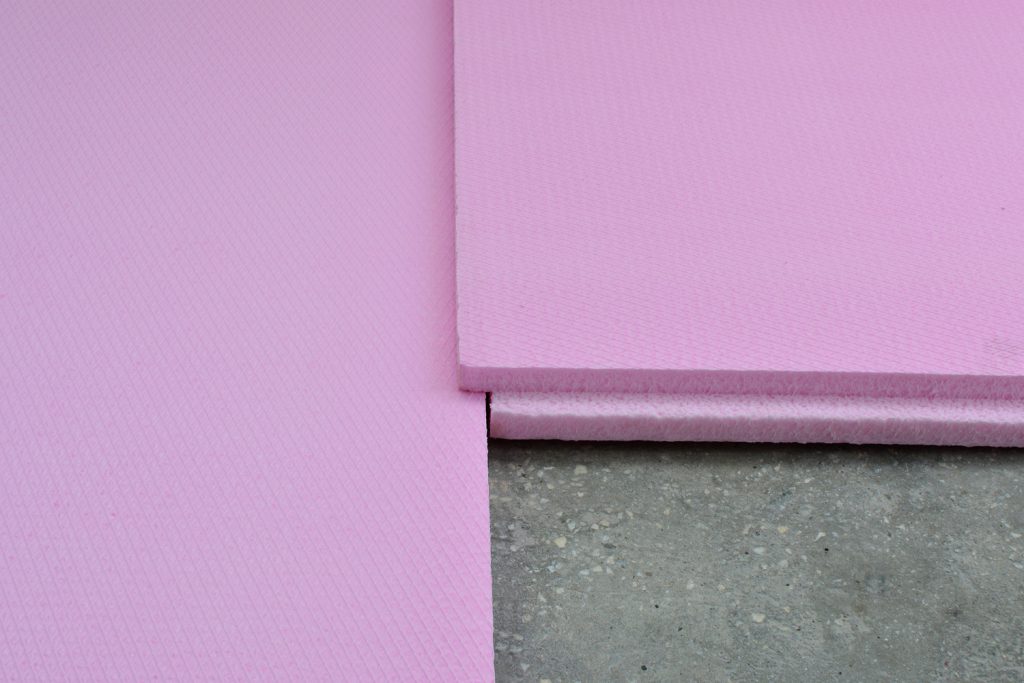
How Does Insulation Control Moisture
Insulation will decrease heat transfer and moderate temperatures in your home. Moisture will naturally occur in the home through breathing, dampness, leaks, plants, and other activities that need heat.
Create an air-tight barrier in your home using proper insulation. For more effectiveness, use a vapor-diffuse retarder. You should install a vapor barrier when installing insulation.
Ensure that you tackle the issue of moisture in your home to avoid allergies, mold, mildew, or high utility bills.
How Thick Should Foam Board Insulation Be
Manufacturers have foam boards in 3/8" to 2.5" thick. Moreover, foam boards can have custom-made thicknesses. It means they will have a higher R-value.
Consult an expert on the specifications that you will need for the exterior or interior of the house.
Foam Boards Or Fiberglass
These two forms of insulation have several differences and similarities. Both of them are used in different parts of the home. You should use the insulation correctly to get maximum benefits from them.
Fiberglass
Check these items to understand the ideal locations for fiberglass.
- It's heat resistant and more flexible.
- It prevents conditioned air from escaping.
- It's cheaper than its counterparts because it is made from recycled glass, sand, limestone, etc.
Foam Boards
Some parts of your home will need you to use foam boards. Here are a few things you should know about them.
- They are costly but offer lower heat resistance than fiberglass.
- Foam boards can be easily damaged by ultraviolet radiation if exposed.
- Gaps and holes won't be covered by foam boards.
- However, they are easy to cut.
Can You Spray Foam Over Foam Boards?
Yes, you can. You can combine both insulations to save money and energy. Foam boards will have gaps at the seams. Spray foam can be used to prevent conditioned air from escaping.
Use quality foam spray and ensure that you use a nozzle that gets the foam in the gaps. It will increase the R-value.
What Is The Cost Of Installing Foam Boards?
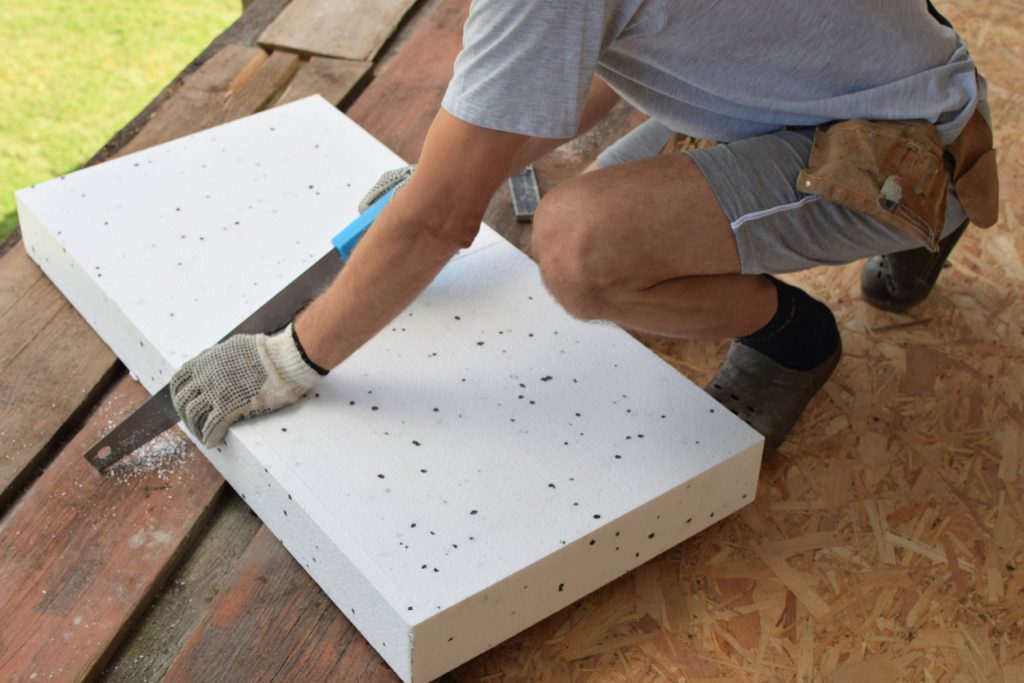
Foam boards are easy to install, but they are costly. Experts say that installing foam boards could cost from $2,500 to $ 7,500.
The cost includes labor and material. Moreso, insulating the attic with foam boards could cost $5000. For the exact price tag, have a professional give you a quote.
Closed vs Open Foam Boards
Once builders, architects, contractors, and homeowners discovered foam boards, they became almost irreplaceable. Foam boards are barriers that have different permeability.
Closed-cell foam boards are denser and more rigid due to closely packed cells. It makes them semi-impermeable to vapor and can withstand high pressure.
On the other hand, open-cell foam boards allow more airflow making them more absorbent and porous.
Both are excellent thermal insulators! But, their performance will depend on environmental factors and application.
Other Uses Of Foam Boards
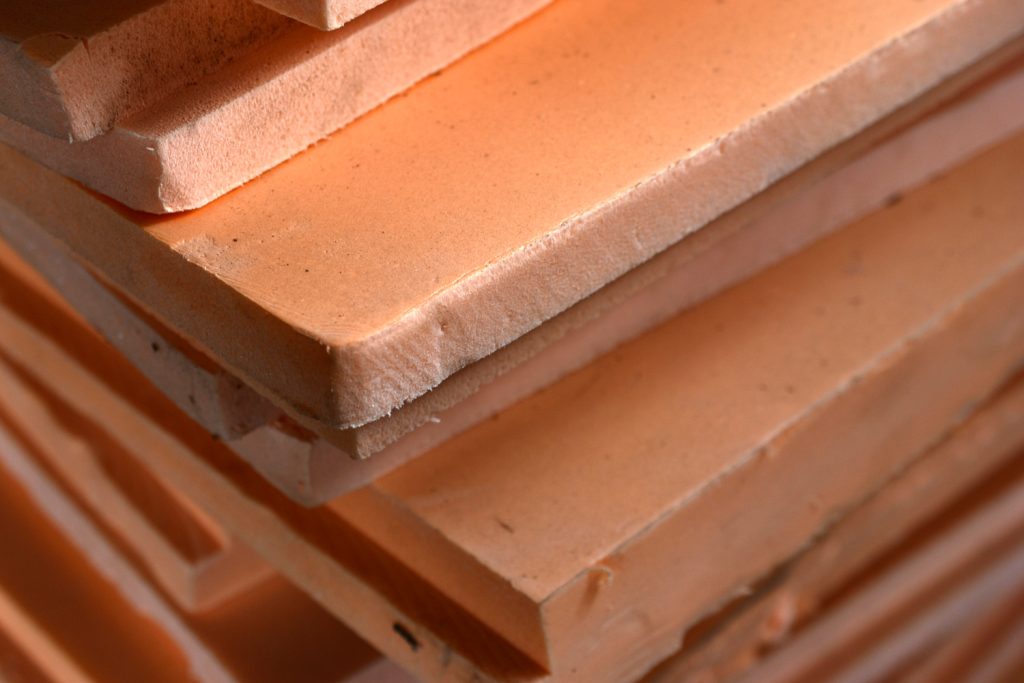
Foam boards seem to live another life. They have other unlikely uses because they are lightweight. You'll find foam boards being used as:
- Display boards.
- Architectural models.
- DIY projects.
- Props for movies and plays.
- Framing items or photos
To get the desired results or designs on foam boards, you can cut, print on, glue, or paint them.
In Conclusion
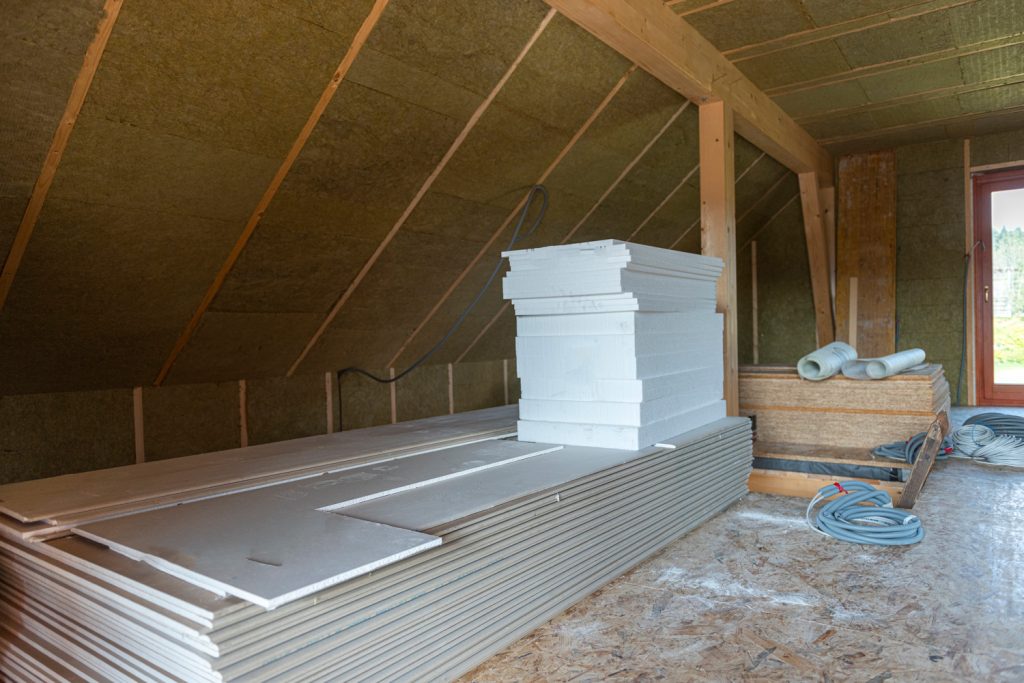
Foam boards are the best for insulation. Use either of the two options to reclaim your garage or attic. Cut the cost of installation by installing the foam boards yourself.
Your living space will be insulated and properly ventilated too! Use any leftover foam boards for a science or DIY project!
Indulge in some informative reading on:


